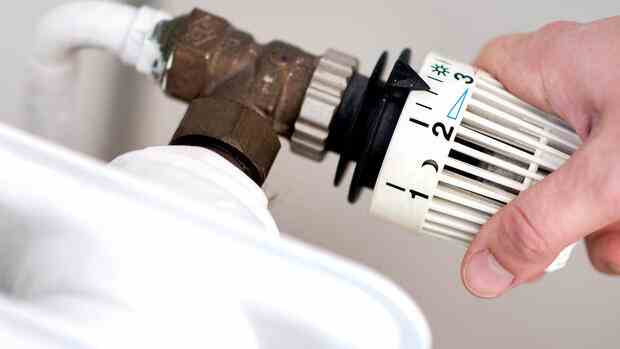District heating is becoming more expensive.
(Photo: dpa)
There are millions of district heating customers in Germany, and with a view to the energy transition, the number is set to increase significantly. The plans are ambitious and correct. But there are obstacles. A major problem is that there is hardly a more opaque and complicated market in the entire energy market than that for district heating.
If my gas or electricity supplier is too expensive for me, I look for a better offer and switch suppliers within days. A district heating customer cannot do that. If the planned home is located in the area of a heating network, it is often even compulsory to connect it – with a single provider. District heating customers cannot actually switch unless they spend thousands of euros on a new heating system and connection.
This means that the district heating customer is at the mercy of his provider in terms of price, there can be no question of competition.
Anyone who, as a district heating customer at Eon, now sees that their annual deduction for 2022 will increase by 3,000 euros in some cases (although there was already a significant increase in 2021), willy-nilly have to pay.
The data showing exactly how the prices are made up is publicly available. At best, they are understandable for someone who has studied mathematics. On the district heating market, prices are developed with individual theoretical formulas. In the end, hardly anyone can check whether the providers really buy as their formula says. And nobody usually does that.
Crisis of confidence in district heating
If, however, there are outliers like this, consumer advocates and cartel authorities will prick up their ears. A comparison is often difficult. The market for district heating is so fragmented and individual that even consumer advocates have problems making reliable statements.
That means: Especially now, when the federal government wants this technology to play an important role, there is a crisis of confidence in district heating. For that to change, reform, competition and understandable prices are needed.
One thing is certain: in order for the energy transition to succeed, we need a functioning market for district heating. Providers are gradually decarbonizing their network. The federal government also knows this and promotes the connection of every household to the district heating network. By 2030, the share of district heating in the heat supply could triple. However, this will only work if customers trust their energy supplier.
More: Surcharge of more than 3600 euros – price shock for district heating customers from Eon
